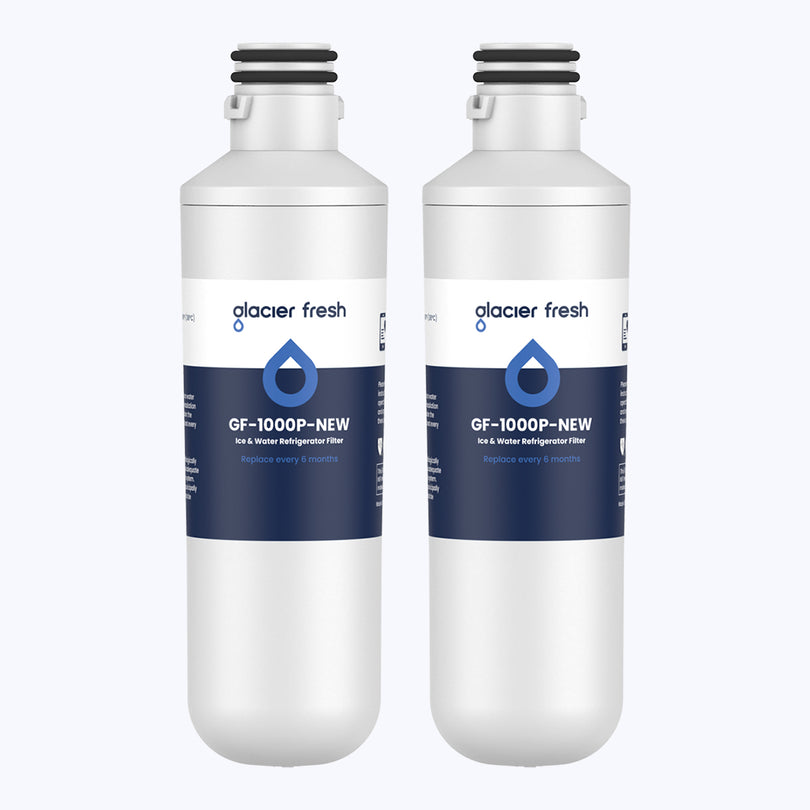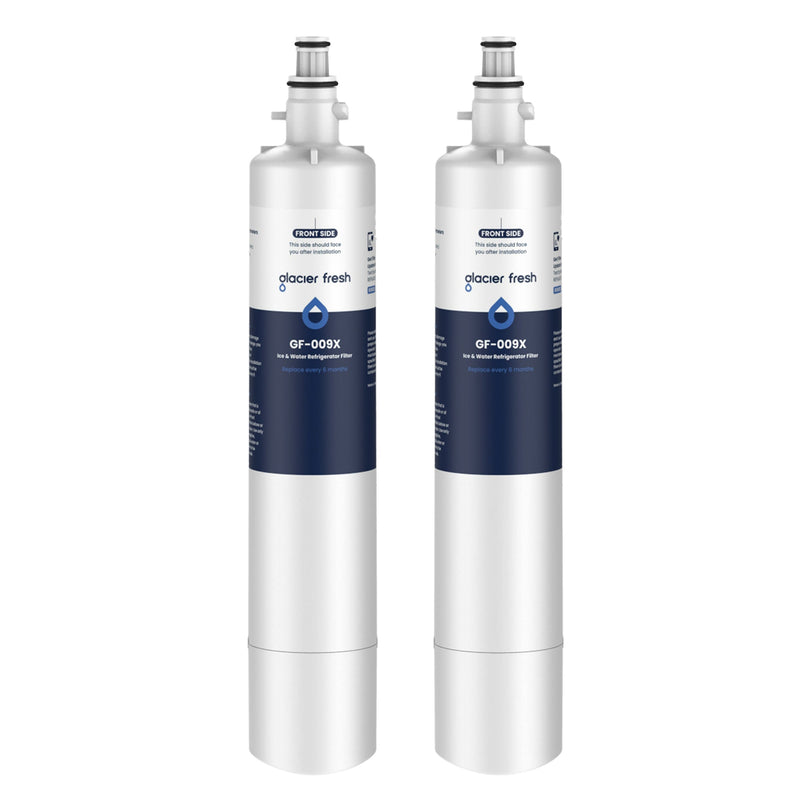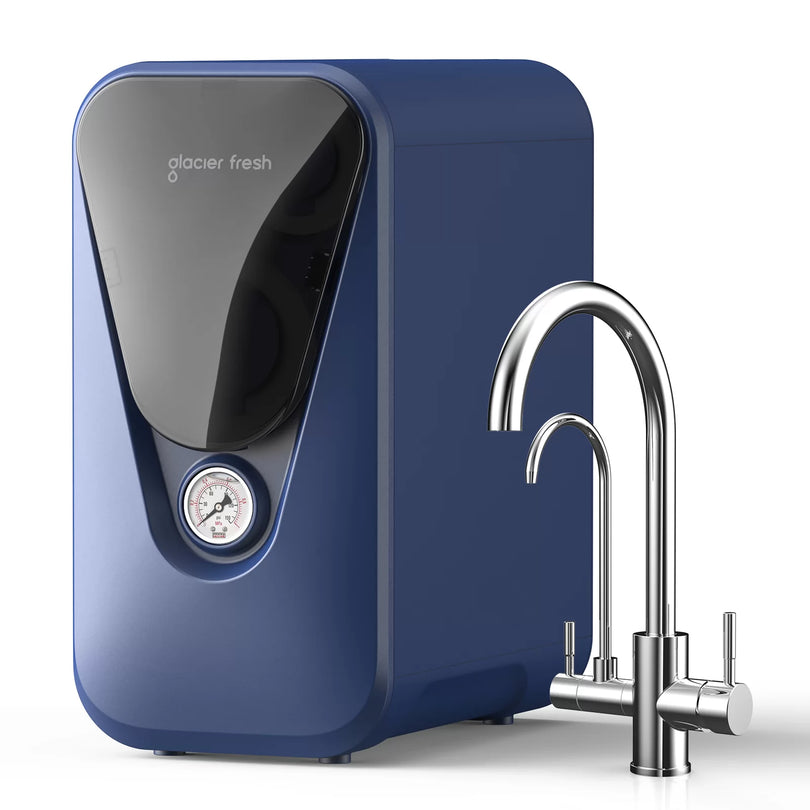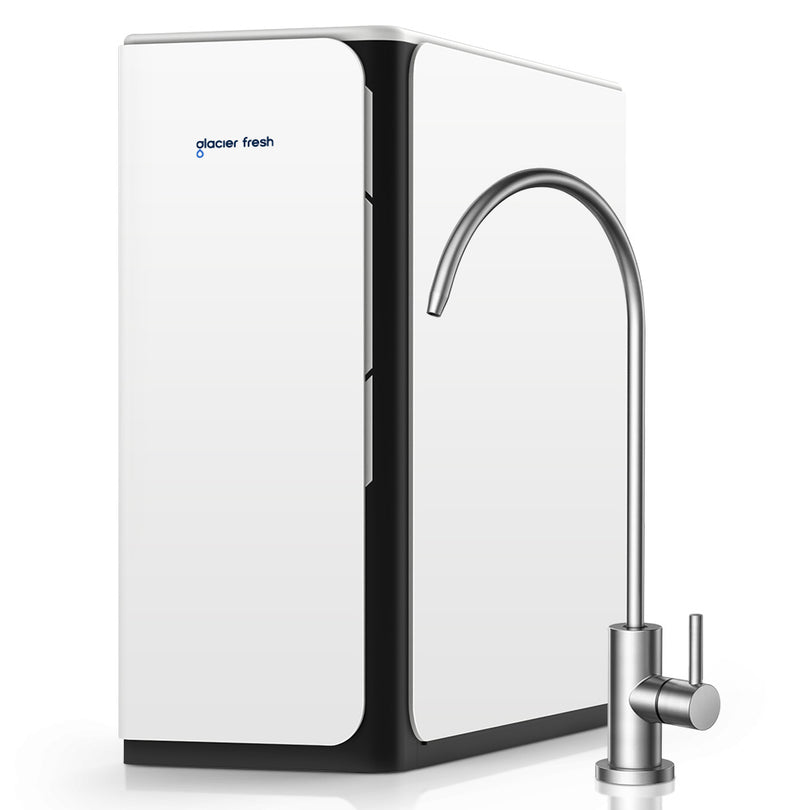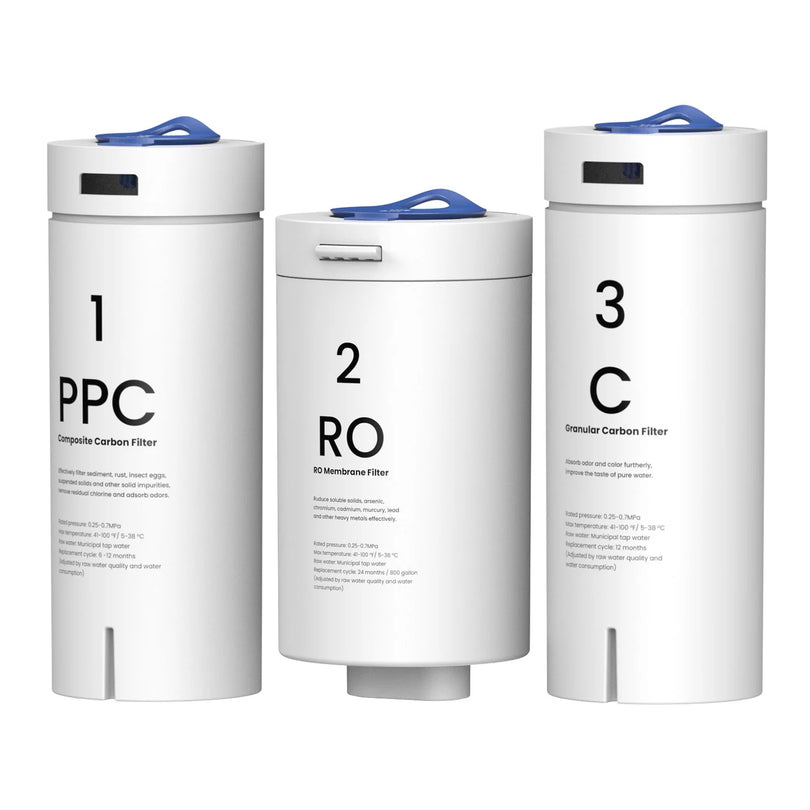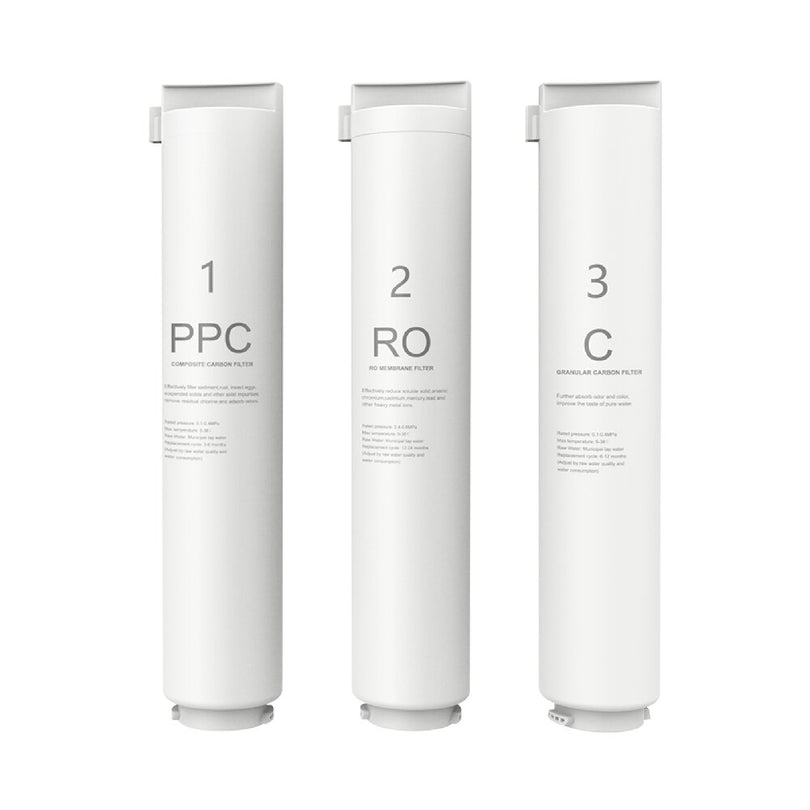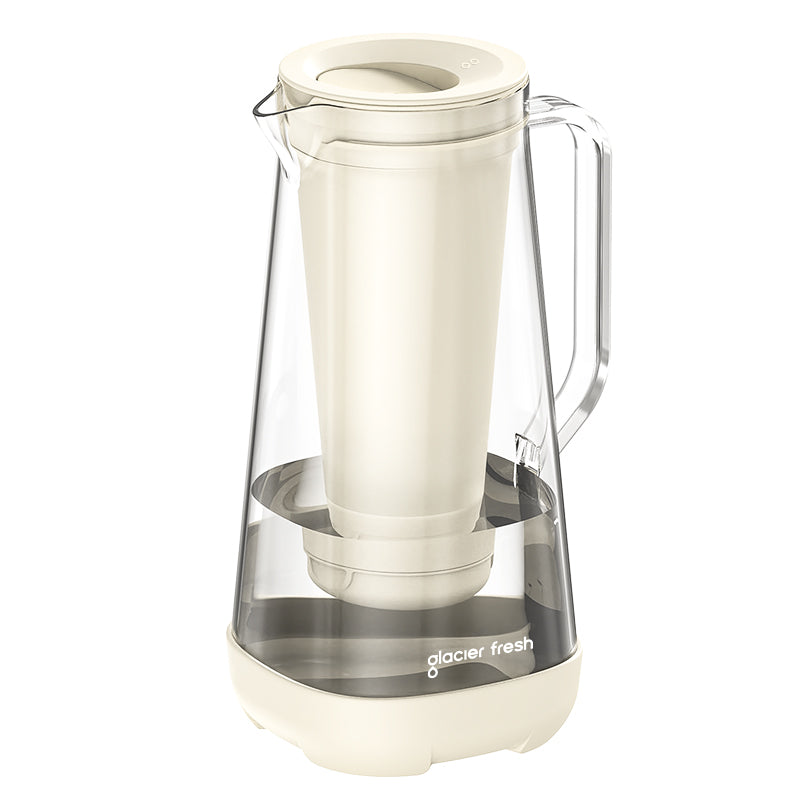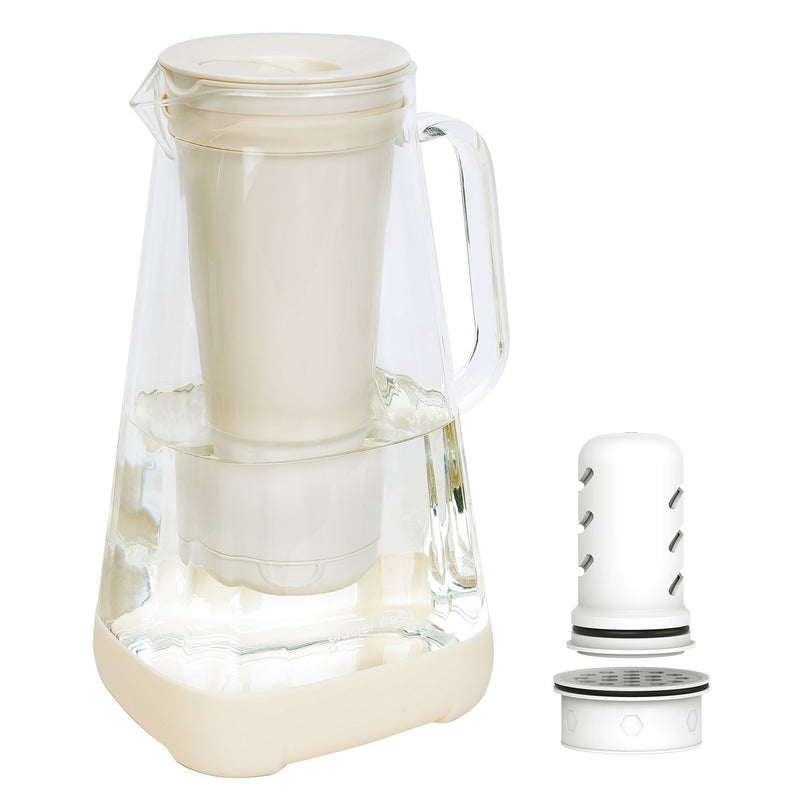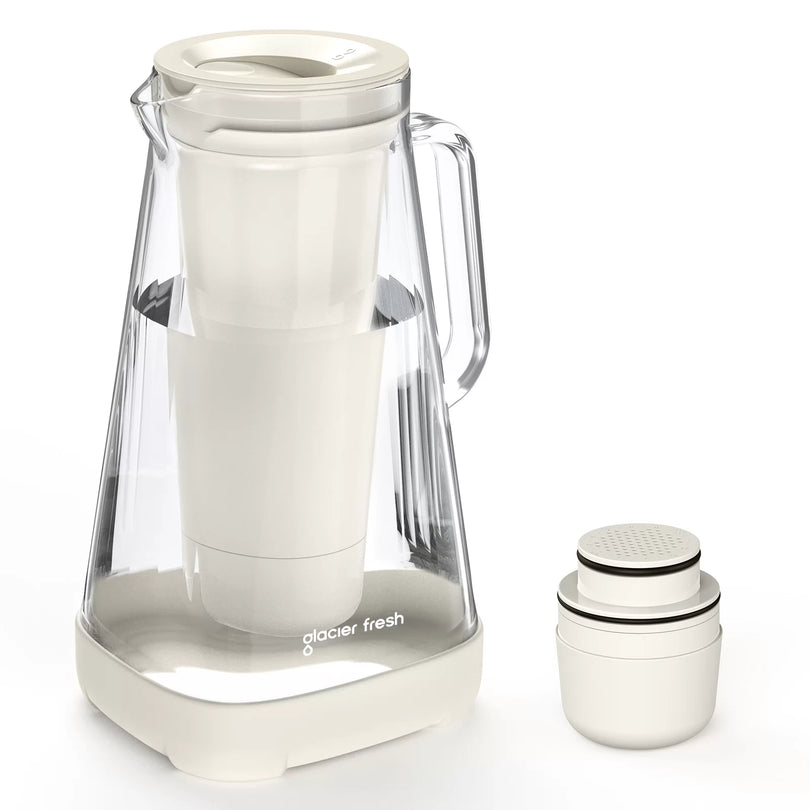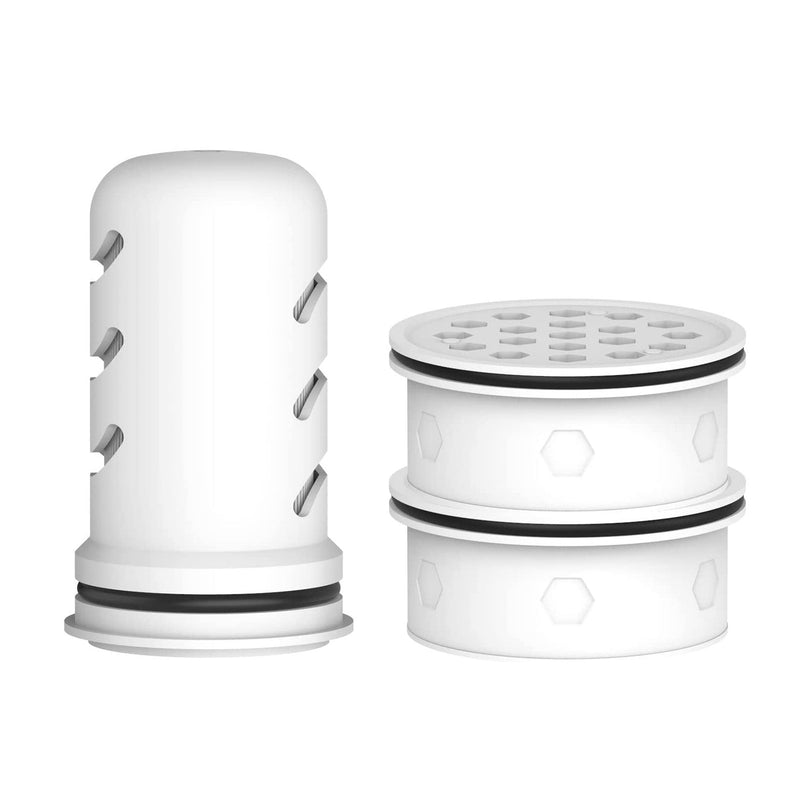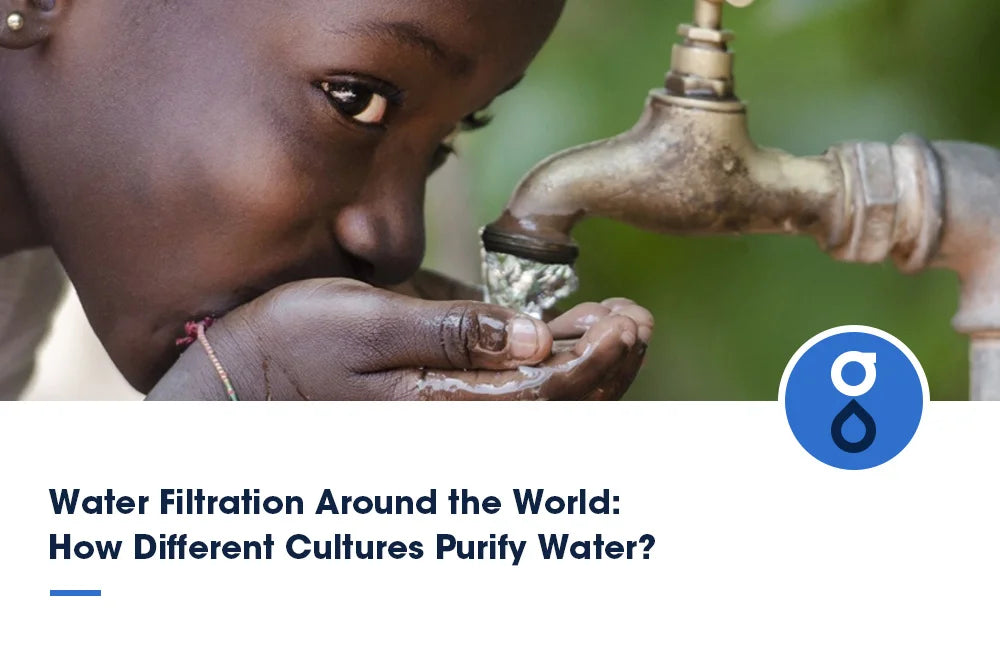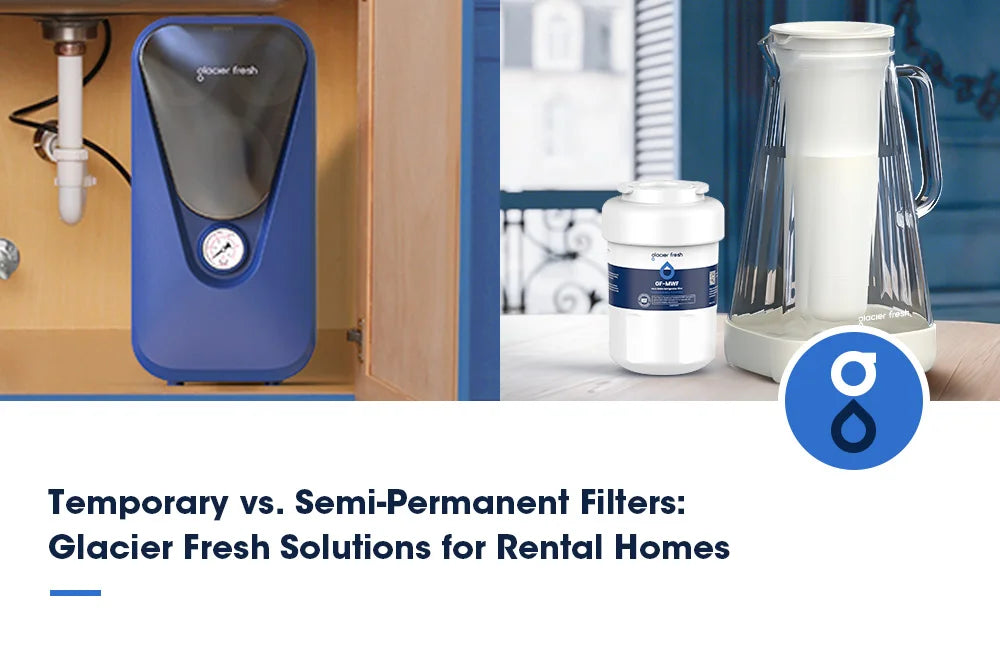Table of Contents:
Alte und traditionelle Methoden zur Wasserreinigung
Modernes Wasser
Filtrationstechnologien auf der ganzen Welt
Kulturelle Perspektiven auf Wasserreinheit und
Sicherheit
Fallstudien: Wie sich Länder an Wasserprobleme anpassen
Lehren aus der weltweiten Wasserfiltrationspraxis
Abschluss
Sauberes Wasser ist lebensnotwendig, doch die Art und Weise, wie Menschen Wasser reinigen, ist in den verschiedenen Kulturen sehr unterschiedlich. Verschiedene Gesellschaften haben einzigartige Methoden entwickelt, um sicheres Trinkwasser zu gewährleisten, von alten Kochtechniken bis hin zu High-Tech-Filtration Systeme. Das Verständnis dieser Methoden unterstreicht den kulturellen Einfallsreichtum und bietet Einblicke in nachhaltige und wirksame Reinigungspraktiken.
In diesem Blog erkunden wir traditionelle und moderne Wasserfiltermethoden , untersuchen kulturelle Perspektiven zur Wasserreinheit und Untersuchung von Fallstudien, wie verschiedene Länder die Wasserreinigung angehen Herausforderungen.
Alte und traditionelle Methoden zur Wasserreinigung

Kochendes Wasser
Kochendes Wasser ist eine der älteste und einfachste Wege, Wasser zu reinigen . Es ist eine universelle Praxis in vielen Kulturen. An Orten, wo moderne Filterung nicht verfügbar ist, wie in ländlichen Dörfern in Afrika oder Asien, bleibt Kochen eine gemeinsame Methode, um zu töten Bakterien und Krankheitserreger.
Sonnenlichtdesinfektion (SODIS)
In Teilen Afrikas, Asiens und Lateinamerikas wird Sonnenlicht zur Wasserdesinfektion eingesetzt. Bei der SODIS-Methode werden klare Plastikflaschen mit Wasser und lassen Sie sie mindestens sechs Stunden lang direktem Sonnenlicht aussetzen. Die UV-Strahlen der Sonne töten schädliche Mikroorganismen und machen Trinkwasser sicherer.
Aktivkohlefilterung
Japan und Indien nutzen seit langem Holzkohle als natürlichen Wasserfilter. Aktivkohle absorbiert Giftstoffe, Gerüche und Bakterien, wodurch die Wasserqualität verbessert wird. In Japan wird Binchotan (eine spezielle Art von Holzkohle) häufig zur Reinigung verwendet Trinkwasser.
Tontopffiltration
Tontopf Filter werden seit Jahrhunderten in Lateinamerika und Afrika verwendet. Diese porösen Tongefäße ermöglichen Wasser durchdringen und gleichzeitig Verunreinigungen einfangen. Moderne Anpassungen dieser Methode, wie der Keramiktopffilter, haben verbesserter Zugang zu sauberem Wasser in vielen Entwicklungsregionen.
Kräuter- und Pflanzenreinigung
Bestimmte Pflanzen, wie Moringa-Samen, haben natürliche koagulierende Eigenschaften, die zur Reinigung von Wasser beitragen. Gemeinden in Afrika und Südamerika verwenden diese Samen, um Verunreinigungen aus schlammigem oder verunreinigtem Wasser zu entfernen. das Trinken sicherer machen.
Moderne Wasserfiltertechnologien weltweit
Umkehrosmose in städtischen Gebieten
Umkehrosmose System ist in Nordamerika, Europa und Asien weit verbreitet. Es funktioniert, indem Wasser durch eine halbdurchlässige Membran, die Verunreinigungen entfernt. RO-Systeme sind in Haushalten, Unternehmen und sogar großen kommunalen Wasserversorgungsanlagen zu finden Kläranlagen.
UV-Wasserreinigung in Hochtechnologieländern
Länder wie Japan und Singapur nutzen UV-Reinigungssysteme, um sauberes Trinkwasser zu gewährleisten. UV-Licht zerstört Bakterien und Viren effektiv ohne Chemikalien und ist somit eine umweltfreundliche Option.
Entsalzung in wasserarmen Regionen
Die Entsalzung ist eine wichtige Methode zur Wasserreinigung in trockenen Ländern wie Saudi-Arabien und den Vereinigten Arabischen Emirate. Meerwasser wird durch Umkehrosmose und Destillation in Süßwasser umgewandelt und sorgt für sauberes Wasser in Gebiete mit begrenzten Süßwasserressourcen.
Gemeinschaftsprojekte zur Wasserfilterung
Gemeinnützige Organisationen in Afrika und Südamerika haben fortschrittliche Filterlösungen eingeführt, um saubere Wasser. Dazu gehören Bio-Sandfilter, solarbetriebene Filterstationen und tragbare Reinigungsgeräte, die in abgelegenen Dörfern eingesetzt werden.
Kulturelle Perspektiven auf Wasserreinheit und -sicherheit

Religiöse und rituelle Bedeutung von sauberem Wasser
Wasser hat in vielen Religionen eine spirituelle Bedeutung. Im Hinduismus gilt der Ganges trotz seiner Bedenken hinsichtlich der Umweltverschmutzung. Im Islam ist die Wasserreinigung (Wudu) für das Gebet unerlässlich. Im Christentum und Buddhismus Wasser wird oft für Segnungen und Rituale verwendet.
Vertrauen Sie auf Leitungswasser statt auf Flaschenwasser
Die kulturelle Einstellung zum Leitungswasser ist weltweit unterschiedlich. Aufgrund strenger Vorschriften wird Leitungswasser im Allgemeinen vertraut den USA und Europa. In Ländern wie Mexiko ist jedoch Flaschenwasser die bevorzugte Wahl, da Leitungswasser Qualität variiert. Andererseits ist Frankreich stolz auf sein mineralreiches Leitungswasser und bietet sogar kostenlose öffentliche Wasserfontänen.
Traditionelle vs. wissenschaftliche Ansätze
Viele Kulturen verbinden traditionelle Weisheit mit moderner Filterung. Zum Beispiel verwenden manche Menschen immer noch Kupfergefäße in Indien zur Speicherung von Trinkwasser, im Glauben an die antimikrobiellen Eigenschaften von Kupfer. Wissenschaftliche Studien haben Dies zeigt, dass Kupfer Bakterien abtöten und die Wassersicherheit verbessern kann.
Fallstudien: Wie sich Länder an Wasserprobleme anpassen
Japans Hightech-Wasseraufbereitung
Japans fortschrittliche Wasserinfrastruktur sorgt dafür, dass Leitungswasser zu den sichersten der Welt gehört. Das Land nutzt Mehrere Filterstufen, einschließlich Ozonbehandlung und UV-Desinfektion, sorgen für eine hohe Trinkwasserqualität.
Probleme und Lösungen bei der Wasseraufbereitung in ländlichen Gebieten Indiens
In vielen ländlichen Gebieten Indiens fehlt der Zugang zu sauberem Wasser. Um den Zugang zu verbessern, haben Organisationen wie WaterAid und UNICEF kostengünstige Filterlösungen eingeführt, beispielsweise Solarwasser Desinfektions- und Biosandfilter.
Die natürlichen Wasserfiltermethoden der Niederlande
Die Niederlande sind für ihre umweltfreundlichen Wasseraufbereitungsmethoden bekannt. Das Land nutzt natürliche Dünen zur Filterung Grundwasser, bevor es kommunale Kläranlagen erreicht, und gewährleistet so eine nachhaltige und chemikalienfreie Reinigung Verfahren.
Chiles Solarenergie-Reinigung in abgelegenen Gebieten
In Chile, wo es in vielen abgelegenen Gebieten an sauberem Wasser mangelt, wurden solarbetriebene Wasseraufbereitungssysteme eingeführt. Diese Systeme nutzen Solarenergie zur UV-Filterung und sorgen so für Sicherheit Trinkwasser für isolierte Gemeinden zugänglich machen.
Lehren aus der weltweiten Wasserfiltrationspraxis

- Kombination traditioneller und moderner Methoden – Viele alte Techniken, wie z. B. die Aktivkohlefiltration und Kräuterreinigung können moderne Filtertechnologien ergänzen.
- Nachhaltige Wasseraufbereitung – Umweltfreundliche Methoden wie Sandfiltration und Solar Reinigung bieten langfristige Lösungen für sauberes Wasser.
- Globale Innovation und Anpassung – Länder können von den Erfolgen der anderen lernen, indem sie die besten Reinigungsmethoden zur Verbesserung der Wasserqualität weltweit.
Abschluss
Wasserfiltration ist weltweit notwendig, aber die verwendeten Methoden variieren stark zwischen den Kulturen. Während fortschrittliche Technologie hat die Wasserreinigung verbessert, traditionelle Methoden spielen in vielen Gemeinden immer noch eine entscheidende Rolle. Durch das Lernen von Durch die Zusammenarbeit mit verschiedenen Kulturen können wir nachhaltigere und wirksamere Methoden entwickeln, um sauberes Wasser für alle sicherzustellen.
Ob durch High-Tech-Umkehrosmose-Systeme, alte Kohlefilter oder solarbetriebene Reinigung, jeder Kultur leistet wertvolle Beiträge zur Wassersicherheit. Die Unterstützung von Initiativen für sauberes Wasser und die Einführung effizienter Filtrationsverfahren können zu einer gesünderen Zukunft für alle beitragen. Folgen Sie Glacier Fresh, um weitere Wasserfiltrationslösungen zu entdecken.



